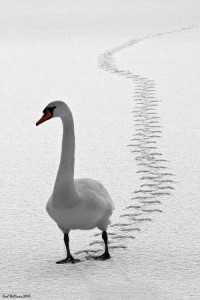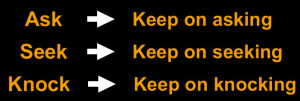I could review numerous research studies of the most common personality traits of creative people. Numerous researchers have analyzed, studied, and found the magic “personality formula” for being most creative. I won’t highlight such studies because I don’t believe them–everyone is creative. However, one of the most important personality attributes, from a creativity standpoint, is to seek out time for self.
 Pin itTwin studies find that extraversion/introversion has a genetic component.
Pin itTwin studies find that extraversion/introversion has a genetic component.
Being creative means accepting and honoring our unique personality and gifts. Also we want to honor our extroversion or introversion pattern. It is important to know that whether your dominant creative center is your head, heart or gut center that you can be introverted or extroverted. Our intelligence centers do not discriminate between being extroverted or introverted–our dominant intelligence center can be a full range of “E” versus “I” on this continuum.
Author Susan Cain says, “Studies suggest that many of the most creative people are introverts, and this is partly because of their capacity for quiet. Introverts are careful, reflective thinkers who can tolerate the solitude that idea-generation requires. On the other hand, implementing good ideas requires cooperation, and introverts are more likely to prefer cooperative environments, while extroverts favor competitive ones” (2013, Quiet: The Power of Introverts in a World That Can’t Stop Talking).
Most comprehensive personality models include the introversion/extroversion concept in various forms. According to Carl Jung (the pioneering psychologist who wrote Psychological Types in 1921), extroversion is a primary personality orientation to things, events, and persons external to oneself. This is a basic attraction leading extroverts to prize “facts,” social networking, and commonly held values.
Introversion, on the other hand, is a primary orientation to, and interest in, one’s own conscious insights, feelings, intuitions, and logical conclusions. According to Jung’s theory, introversion and extroversion are coordinated in various degrees with four basic personality functions. He emphasized, “There is no such thing as a pure extrovert or a pure introvert. Such a man would be in a lunatic asylum.”
According to studies by psychologist Hans Eysenck, introverts require less stimulation from the world in order to be awake and alert than extroverts do. This means introverts are more easily over-stimulated.
People falling near the middle of the spectrum are called “ambiverts” and are equally extroverted and introverted. The important thing is that one is not better than another. Steve Jobs, an extrovert, invented Apple with Steve Wozniak, an introvert. Both famously creative, both honoring and using their temperaments to their advantage. It is very likely that extroverts will do better in high arousal environments than introverts. Each type needs to be cognizant of their preferences in order to enhance their own creativity.
I am pretty sure that Leonardo da Vinci was more extroverted along this spectrum– sorry Susan! Many Meyers-Briggs personality experts agree with me, with their definition being whether someone prefers to focus on the outer world or their own inner world.
Leonardo is widely considered one of the greatest painters of all time and perhaps the most diversely talented person whom ever lived–yet he is also famous for a vast number of uncompleted creative works. His interests were very diverse including–but not limited to–painter, sculptor, architect, musician, mathematician, engineer, inventor, anatomist, geologist, cartographer, botanist and writer. His preference for mental stimulation (head center dominant) shines through loudly! The small number of his paintings that survive is due to his constant, and frequently disastrous, experimentation with new techniques, and his chronic procrastination. The last sentence of a mathematical theorem in Leonardo’s notebook states: “Perche la minesstra si fredda.” This translates as, “Whatever – the soup is getting cold.”
So–what do you think creatives, are introverts or extroverts generally more creative? I guess that all depends on whether you think you are an introvert or extrovert!
Thank you for reading my post (excerpts from my recent book). My core message of everyone is creative resonates with people of all ages and walks of life. I invite all to become the best version of themselves in my book and at my website and find true meaning by pursing long term creative quests.








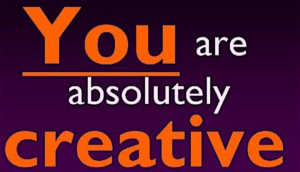
 The key is to build an awareness of where your fire comes from regarding your ideas or problems. Does it originate from your heart, head, or gut intelligence center? In what proportion is the fire burning to solve problems from each center? From your heart/head/gut’s perspective is it 80/10/10 or 34/65/1 or 33/33/33? To facilitate this awareness,
The key is to build an awareness of where your fire comes from regarding your ideas or problems. Does it originate from your heart, head, or gut intelligence center? In what proportion is the fire burning to solve problems from each center? From your heart/head/gut’s perspective is it 80/10/10 or 34/65/1 or 33/33/33? To facilitate this awareness, 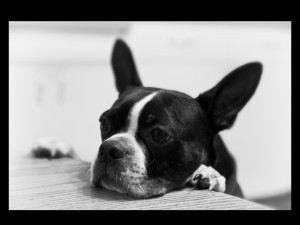 “Asking” comes from our head intelligence center and is cerebral and verbal; we ask for what we most need and want. Please, please, please I want to create something really beautiful!
“Asking” comes from our head intelligence center and is cerebral and verbal; we ask for what we most need and want. Please, please, please I want to create something really beautiful!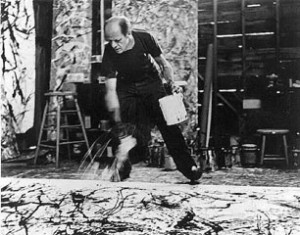 To “knock” involves our body/gut intelligence center. It requires physical movement, one where we take action. Asking and seeking are essential (head and heart centers), however they would be incomplete without knocking (gut/body center).
To “knock” involves our body/gut intelligence center. It requires physical movement, one where we take action. Asking and seeking are essential (head and heart centers), however they would be incomplete without knocking (gut/body center). 